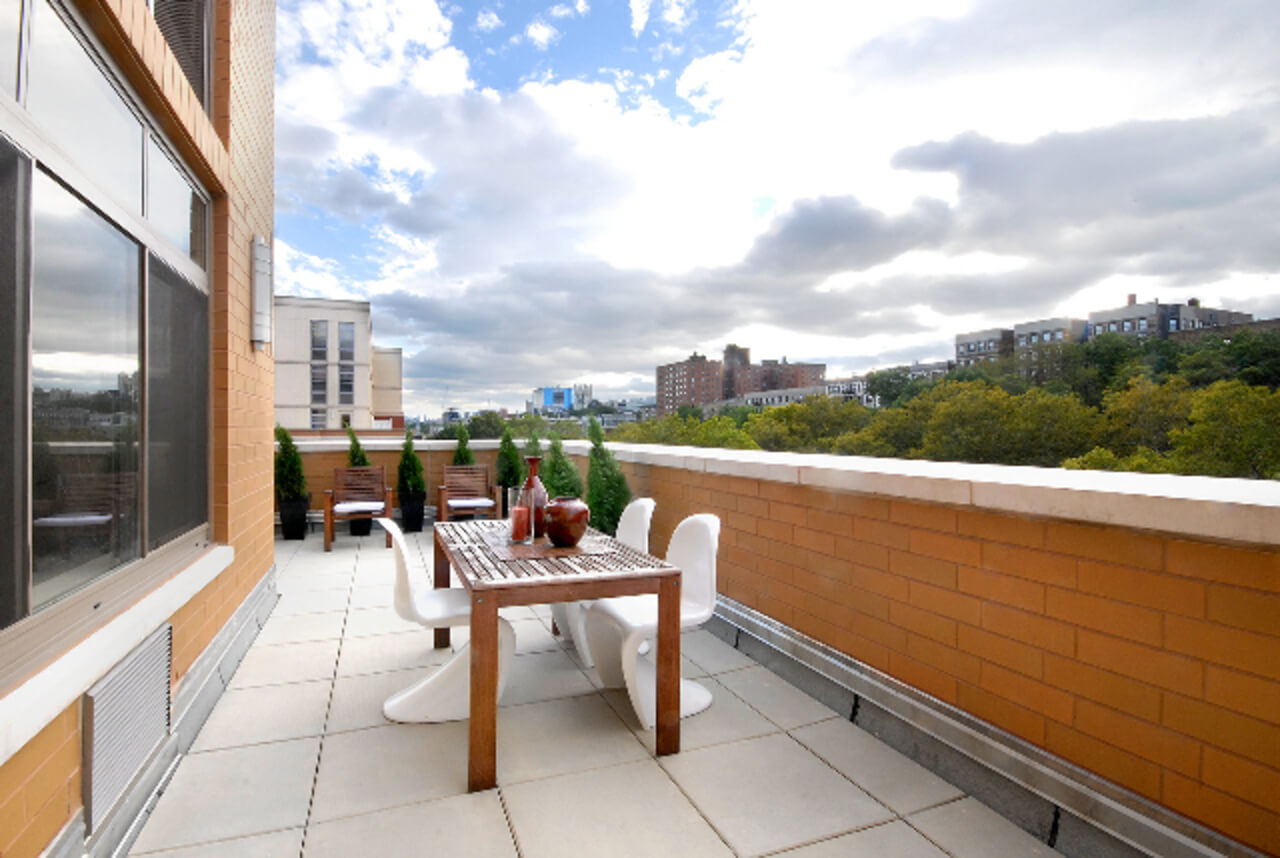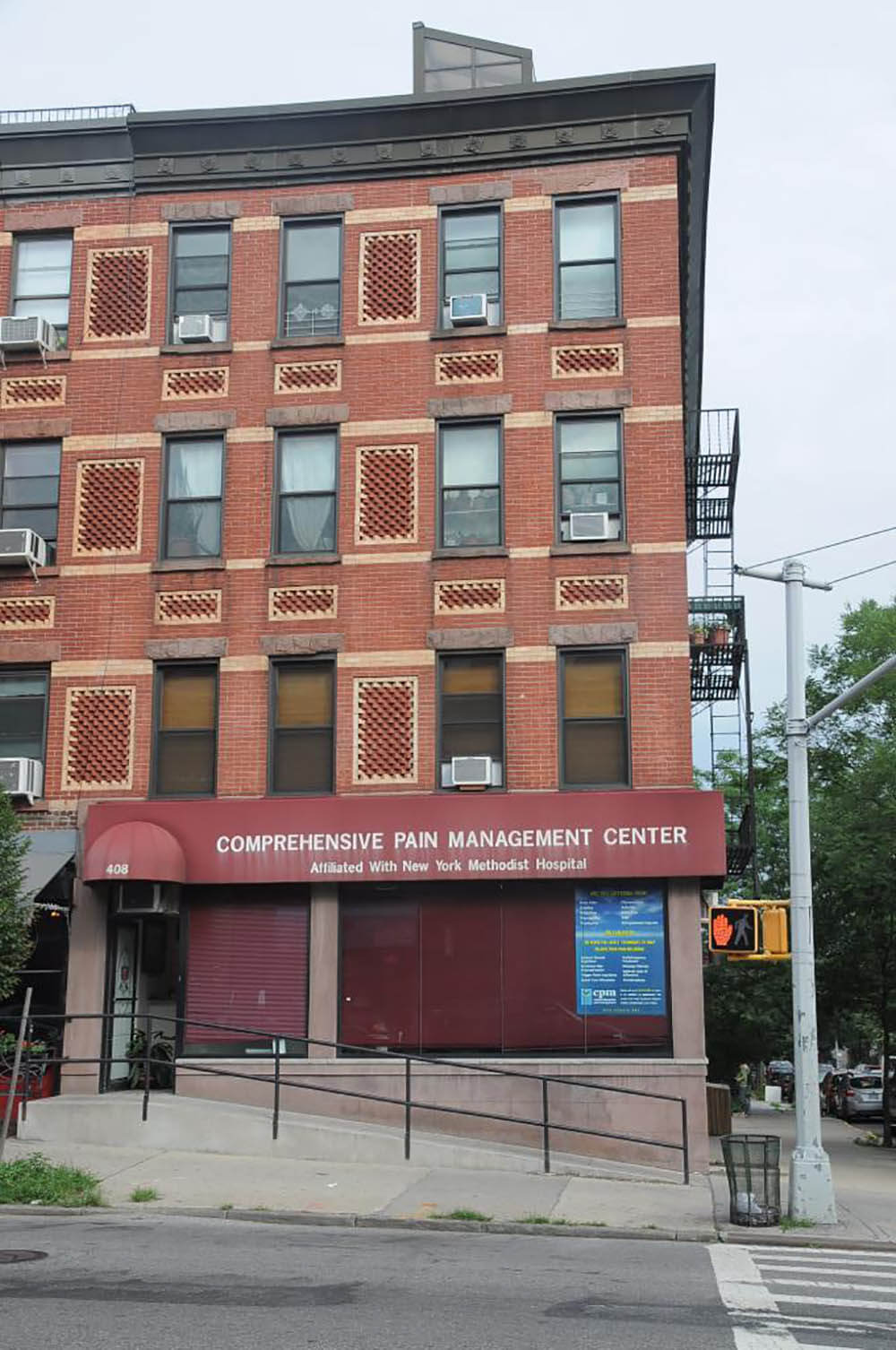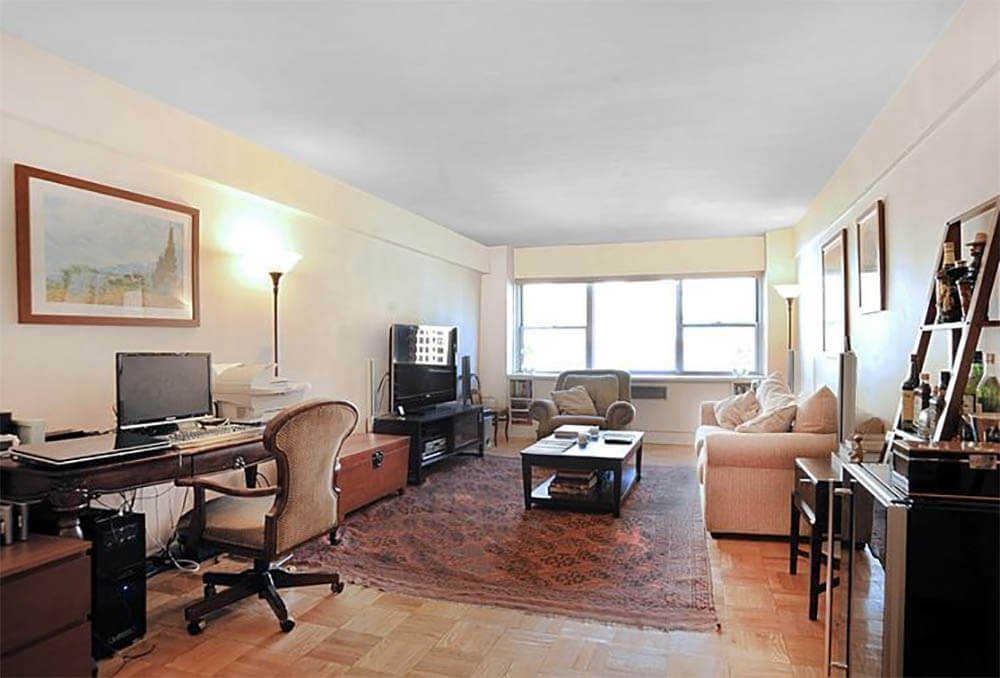What Is a Condop?
Have you ever heard of a condop? There are fewer than 300 such buildings in New York City, but you are likely to encounter the occasional condop apartment as you peruse the real estate listings. A condop is an unusual New York City building type that sprung up in the 1980s (in response to a…

Manhattan Condop. Photo via Douglas Elliman
Have you ever heard of a condop? There are fewer than 300 such buildings in New York City, but you are likely to encounter the occasional condop apartment as you peruse the real estate listings.
A condop is an unusual New York City building type that sprung up in the 1980s (in response to a tax rule that no longer exists). As you might guess from the name, the condop is a combination of a co-op and a condo.

A quick definition of a condop
A condop is a building that contains both co-op and condo units. Typically, it is a mixed-use condo building whose retail spaces are individual condo units and whose residential apartments are co-ops. Each co-op resident owns shares in a corporation, which in turn owns the entire residential portion of the building as one condo.
The residential part of the building is a co-op, and all the apartments together make up one condo unit.
What does a condop look like?
In some cases, a condop may consist of a residential co-op development above ground-floor retail. In other cases, the commercial units — perhaps occupied by doctor’s offices — may be scattered throughout the building among the residences.
The developers sell off the co-op units above the retail space, but retain ownership of the retail for ongoing revenue.

Advantages and disadvantages of a condop
As a practical matter, a co-op in a condop building operates like any other co-op, with its own board. (The entire building will also have its own condo board.)
One thing prospective buyers might want to watch out for, however, is what sort of businesses occupy the retail spaces.
That’s because in a condop, unlike a co-op, the retail spaces are separately owned and the co-op doesn’t have any control over them.
If the retail space is occupied by a restaurant or a bar, there may be unwanted noise, smells or pests.

A quick history of the condop
The condop arose in the 1908s as a response to a tax law known as the 80/20 rule. At the time, co-op owners could not claim standard homeowner income tax deductions if the co-op building received more than 20 percent of its income from commercial tenants.
A New York Times article from the 1980s describes one of the city’s first condop conversion projects taking place on the Upper East Side.
Are condops common?
Condop buildings are rare in New York City.
A 2005 Council of New York Cooperatives and Condominiums survey of New York City apartment buildings found there to be less than 300 condops citywide, according to the New York Times. That number compares to approximately 6,700 co-op buildings and 2,300 condos (a number which has undoubtedly increased in recent years).
They are more common in Manhattan than other boroughs. They cluster on the east side, in such neighborhoods as Lenox Hill, Murray Hill and the Upper East Side, although they can also be found in other parts of Manhattan. Representative addresses include 1175 York Avenue in Lenox Hill, 310 East 46th Street in Turtle Bay, and 333 East 91st Street in Yorkville.
Condop buildings are few and far between in Brooklyn, but include 388 13th Street in Park Slope, a 19th-century red brick corner building with a storefront on the ground floor that contains medical offices.
[Top image Manhattan Condop in the East Village from Douglas Elliman]





What's Your Take? Leave a Comment